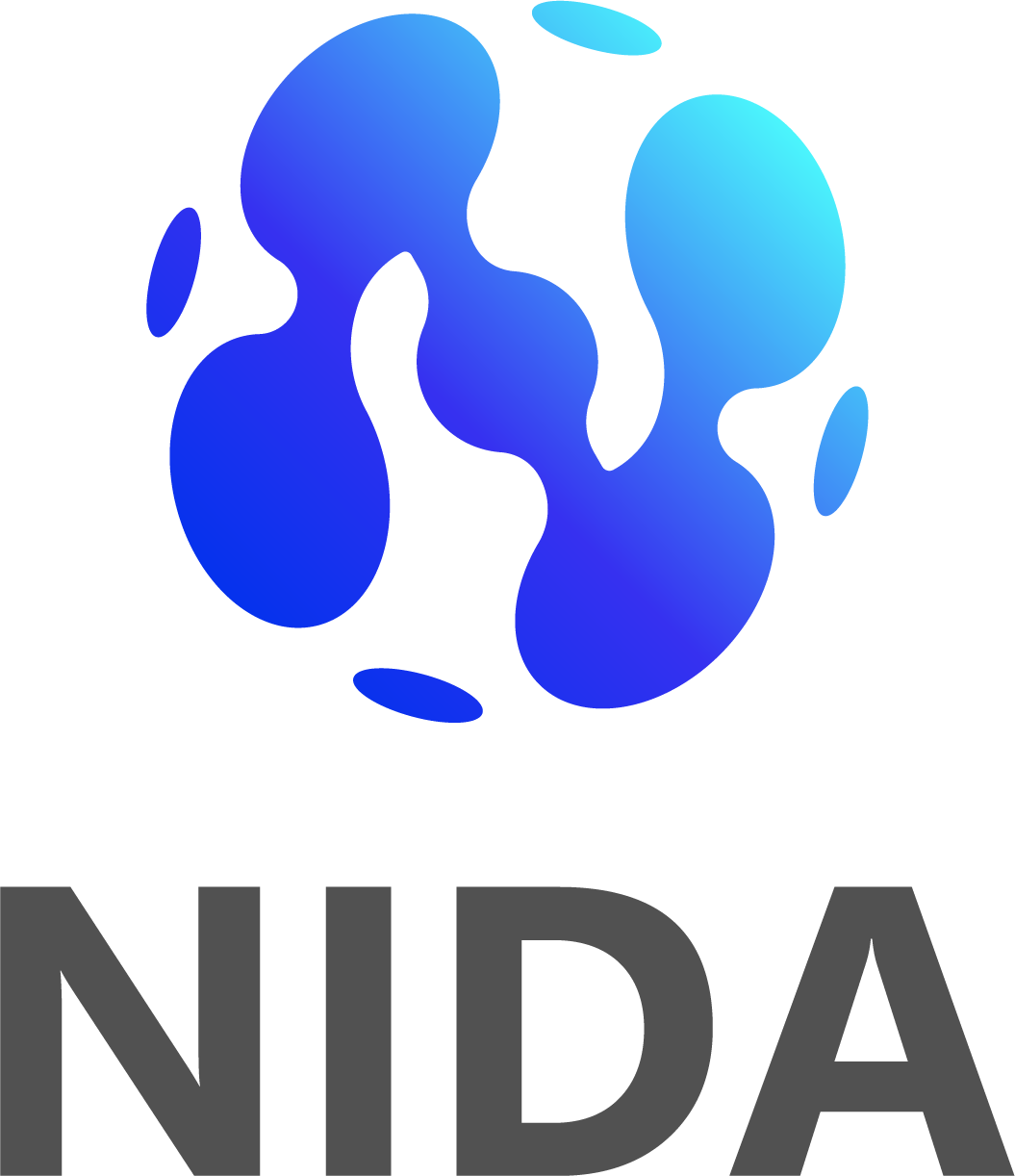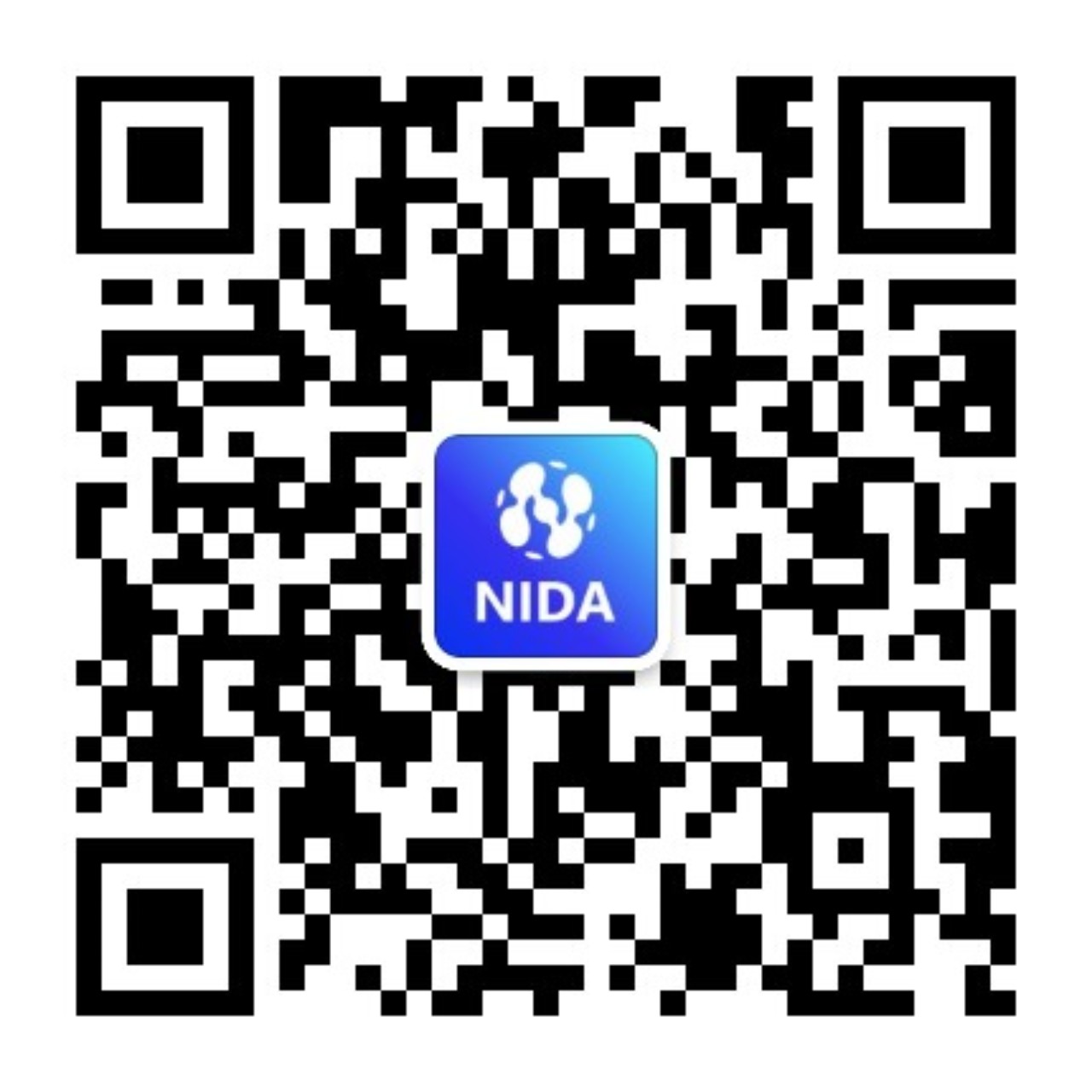Interpretation Series 1 of the Computing Interoperability Action Plan of the Ministry of Industry and Information Technology: Ministry of Industry and Information Technology Introduces the Data Communication Industry and Empowers the New Journey of Intern
(The Ministry of Industry and Information Technology (MIIT) issues the Action Plan for Computing Interconnection, and enables the data communications industry to enable the computing Internet.)
Recently, the Ministry of Industry and Information Technology issued the Computing Interoperability Action Plan (hereinafter referred to as the Action Plan), which for the first time proposed "promoting high-quality development of the data communications industry, supporting efficient data input and computing, and lossless interconnection of computing power." This strategic deployment not only elevates the data communications industry to the core position of the national digital economy infrastructure, but also marks the dual goals and requirements of "resource integration" and "efficiency leap" in China's computing Internet construction. As a bridge connecting computing power and applications, the data communications industry is becoming a connection engine driving the efficient operation of the computing Internet through continuous technological breakthroughs and industry upgrades. Joint computing is an important scenario for the new Internet. The Action Plan for Computing Interoperability issued this time has important guiding significance for the Alliance's standard-setting work. Therefore, this document is interpreted in detail:
Data communication, computing power, "connection engine" in the Internet era
Since its birth, the data communications industry has played the role of "invisible wings", quietly supporting the development of various services. From the rise of the global Internet, which connects the world closely, to the popularization of the mobile Internet, which makes information within reach, to the in-depth convergence of the industrial Internet, which drives the digital transformation of various industries, data communication has always been a solid support behind it. With the advent of the computing power era, data communication is actively following the trend of the times. A series of innovative explorations have been launched around the computing power Internet, which injects continuous impetus to the efficient use of computing power and industry upgrade.
Accounting scenario: Intelligent scheduling and efficient data input
The computing network is responsible for transporting massive enterprise data to the computing power center. In intelligent computing scenarios, elephant flows become the norm. The load balancing technology used by traditional WANs fails, causing network congestion and packet loss. The network transport efficiency is lower than 40%. The data communication network uses elephant flow precise identification and flow-level scheduling technologies to achieve load balancing on the input network and increase the network capacity to over 90%. In addition, for sensitive enterprise data, data communication uses technologies such as wide area RDMA to ensure data security. Currently, multiple carriers and enterprises in the industry have built elastic and lossless intelligent computing WANs to provide integrated computing services, such as efficient input and calculation of massive samples and separation of storage and computing resources.
Inter-compute network: Flexible scheduling, cross-domain computing power lossless interconnection
With the ever-increasing computing power requirements, cross-DC computing power collaboration becomes a core requirement. However, traditional data communication networks use the best-effort mechanism, and packet loss will lead to a waste of computing resources. Data communication detects network congestion in real time and uses flow control technologies to implement global coordinated scheduling between data centers within thousands of kilometers, ensuring zero packet loss and efficient training. Network vendors, such as Huawei, have cooperated with multiple operators to complete live network verification, achieving long-distance cross-AIDC joint training without decreasing efficiency.
Intra-calculation scenario: Efficient interconnection and efficient release of computing power
The intra-computing scenario focuses on building a computing infrastructure to implement high-speed interconnection of computing nodes in a data center. With the explosive growth of AI-based large model traffic, the internal interconnection bandwidth of data center networks evolves from 200GE/400GE to 800GE/1.6TE. Intensity of communications poses greater challenges to data center network balance. Improving training efficiency becomes an urgent issue for data center networks. The data communication network uses the network-level load balancing algorithm to optimize path planning and eliminate network performance bottlenecks. The network throughput can exceed 95% and the AI training efficiency can be improved by over 10%. iFLYTEK cooperated with Huawei to build the first China-made computing platform Feixing 1 that supports the training of trillion-parameter large-scale models. The network peak throughput reaches 98%, supporting the release of computing power.
Enablement scenarios: Data Communication Enables Computing Power to Benefit Thousands of Industries
Just like power grid dispatching, data communication networks use technologies such as high-performance routers, traffic control, and intelligent dispatching to implement efficient interconnection of computing power in all scenarios, breaking computing power silos, and implementing flexible provision of computing power as a service, enabling enterprises to access computing power resources as easily as using electricity. Inject tremendous impetus into the intelligent upgrade of the industry. In the intelligent manufacturing field, data communication networks move cloud computing power to factories to support real-time device collaboration and AI quality inspection, improving production efficiency. The medical industry relies on lossless interconnection networks to achieve second-level CT image transmission and remote surgical guidance, enabling high-quality medical resources to cross regional barriers. In smart cities, computing power flows along with data to optimize traffic signals and energy allocation in real time. Urban governance changes from "human experience" to "algorithm decision-making".
This "computing power grid" model not only reduces the waste of social resources, but also promotes the extension of innovation elements to the grass-roots level, laying an efficient, flexible, and inclusive foundation for the digital economy.
Future-oriented: Data Communication Leads a New Chapter in Computing Internet
The Action Plan for Computing Interoperability also clearly states the need to lead computing interoperability, and calls on carriers and cloud service providers to actively carry out computing Internet experiments, collect innovative application cases of computing Internet, and carry out innovative practice activities. These measures will further stimulate innovation, promote technological breakthroughs and application scenarios in data communications, promote the development of the computing Internet to a higher level, and inject new and powerful impetus into the development of the digital economy.

